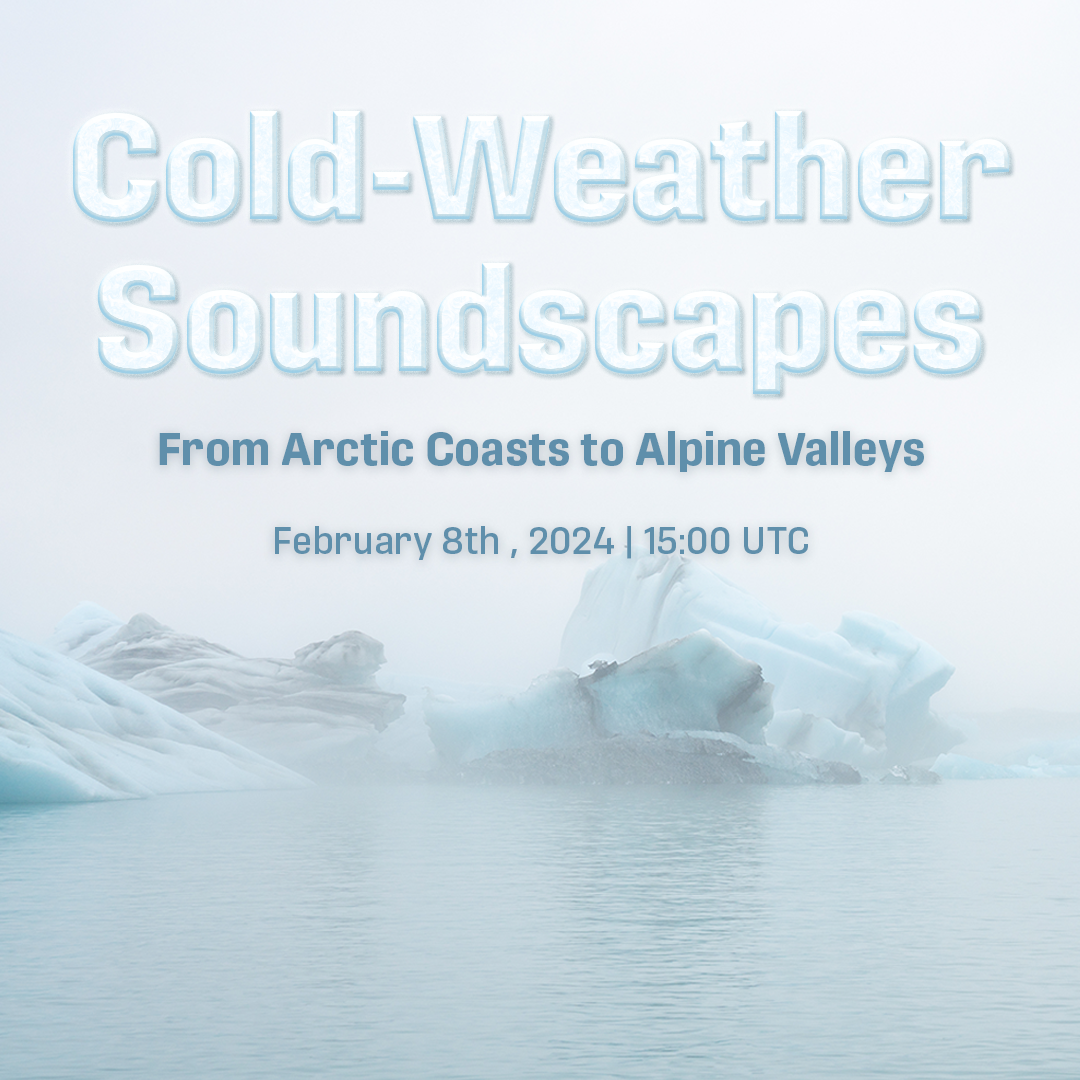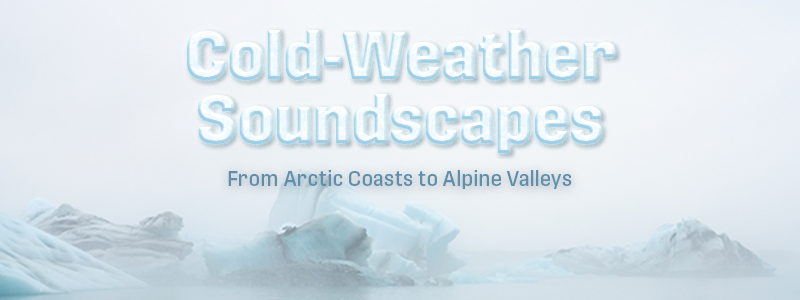
Researchers are using bioacoustics to study how animals in cold-weather environments hear and process sound, why they vocalise, and whether acoustic tools can help mitigate conflicts. Meanwhile, artists are documenting the impact of climate change, recording the sound of melting glacial ice to curate immersive exhibits.
How are their efforts drawing attention to fragile ecosystems? Find out at the Wildlife Acoustics FREE webinar at 3pm (GMT) on 8th February!
Click here to register your place.
FEATURING
The Cry Wolf Project: Bioacoustics & Carnivores in Yellowstone National Park
Come and learn about how bioacoustics are being used to study wolf vocalisations in the remote and often wintery locations of Yellowstone National Park. We’ll cover the use of wildlife recorders for studying the function of wolf vocalisations, generating population estimates, and mediating wildlife-livestock conflicts. We’ll also demonstrate how Kaleidoscope Pro classifiers were used to find wolf vocalisations in large recording datasets. Most importantly, we’ll have fun listening to never-before-heard wild wolf sounds, recorded non-invasively in 2023.
Un Suono in Estinzione (A Sound in Extinction) – Adamello Glacier, Italian Alps
Hear the results of an experimental research project aimed at monitoring the implications of climate change on Alpine glaciers through the analysis of sound expressed in educational, artistic, and scientific activities. Un Suono in Estinzione (A Sound in Extinction) began in 2020 with researcher and sound artist Sergio Maggioni, around whom a team of professionals from different fields was created in a short time. Learn about the results of this fascinating bioacoustics project and its inspiration.
Acoustic Sensory Ecology of Diving Alcid Seabirds & Potential Noise Impacts
Alcid seabirds like the Atlantic Puffin are important components of holarctic coastal ecosystems and may derive important acoustic cues from the surrounding natural soundscape. As people increasingly utilise Arctic coastal areas, it is essential to characterise these soundscapes as a baseline for understanding seabird acoustic biology so that we can quantify the effects of human activity on their acoustic ecology over time. Learn how passive acoustic monitoring was used to document and describe the aerial soundscape dynamics of puffins and other Alcids seabirds such as Common Murres and Marbled Murrelets, and explore how these soundscapes may be related to their acoustic sensory biology.
———————-
PRESENTERS
Jeff Reed, PhD
CEO | Grizzly Systems
Montana, United States
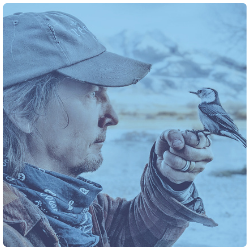
Jeff Reed was born and raised in the Greater Yellowstone Ecosystem in southwest Montana, United States, and owns Reedfly Farm in Paradise Valley, Montana. After obtaining a PhD in computational linguistics and history, Jeff spent 30 years in the technology industry, working on linguistics and artificial intelligence solutions, and now builds visual and audio tech solutions for wildlife managers. He is an executive committee member of the Upper Yellowstone Watershed Group and Wild Livelihoods, promoting the coexistence of people and wildlife (though he considers people wildlife, too!).
Sergio Maggioni (NEUNAU)
Lead Artist | Un Suono in Estinzione
Adamello-Presanella Alps | Lombardy, Italy
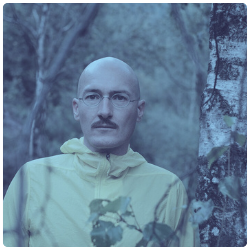
Sergio Maggioni is the mastermind behind NEUNAU, an artistic sound research project born in Val Camonica, Italy, in 2015. The artist’s namesake is engraved on a rock in Loa, a place of worship from the Iron Age. NEUNAU’s investigations begin with the details a sound source expresses, first capturing and then exploring the sound to compose audio tracks, documentary films, specific performances, and installations that tell the story of the sound’s origins. In 2020, Sergio became the lead artist of Un Suono in Estinzione (A Sound in Extinction), an experimental research project that monitors the implications of climate change on Alpine glaciers through sound analysis in collaboration with universities, institutions, and partners.
Adam Smith, PhD
Postdoctoral Investigator | Dept of Biology Marine Bioacoustics
University of Southern Denmark | Syddanmark, Denmark
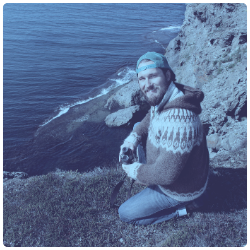
Adam Smith, PhD, grew up in a small town in South Dakota, United States, but became fascinated with the ocean and marine biology through National Geographic magazine articles and Discovery Channel documentaries. As an undergrad, he volunteered to help with research projects on acoustic communication in frogs. This experience hooked him on studying bioacoustics, a field that naturally combines his two great interests: music and nature. In 2011, Adam received his PhD in Zoology from the University of Hawaii at Manoa, where he studied hearing and echolocation in marine mammals. He then spent the following year on a Fulbright Fellowship studying the acoustic sensory ecology of Atlantic Puffins in Iceland. Adam is currently a postdoctoral investigator at the University of Southern Denmark, where he continues to research seabird acoustics and studies the auditory dynamics of biosonar in toothed whales.

